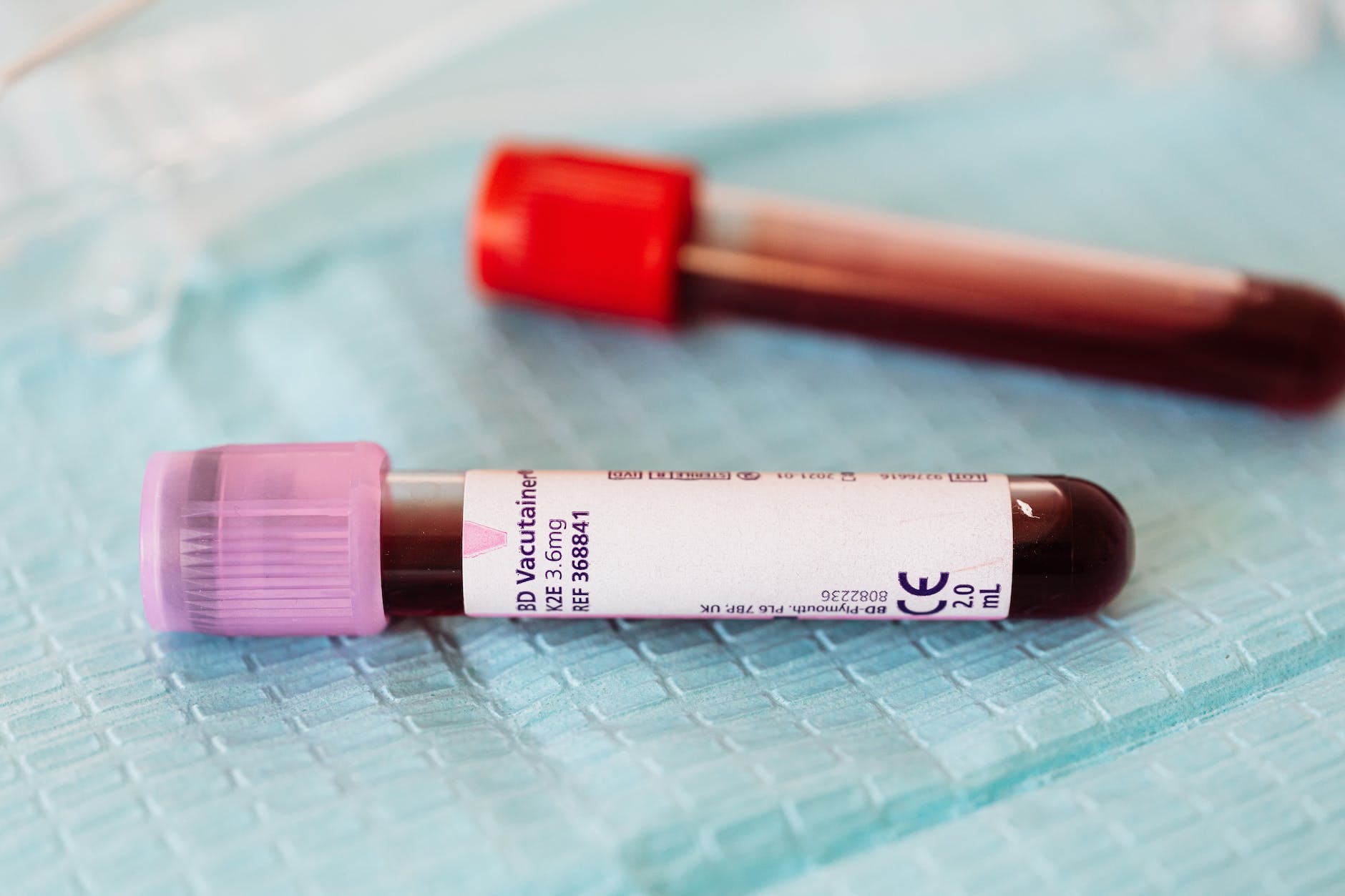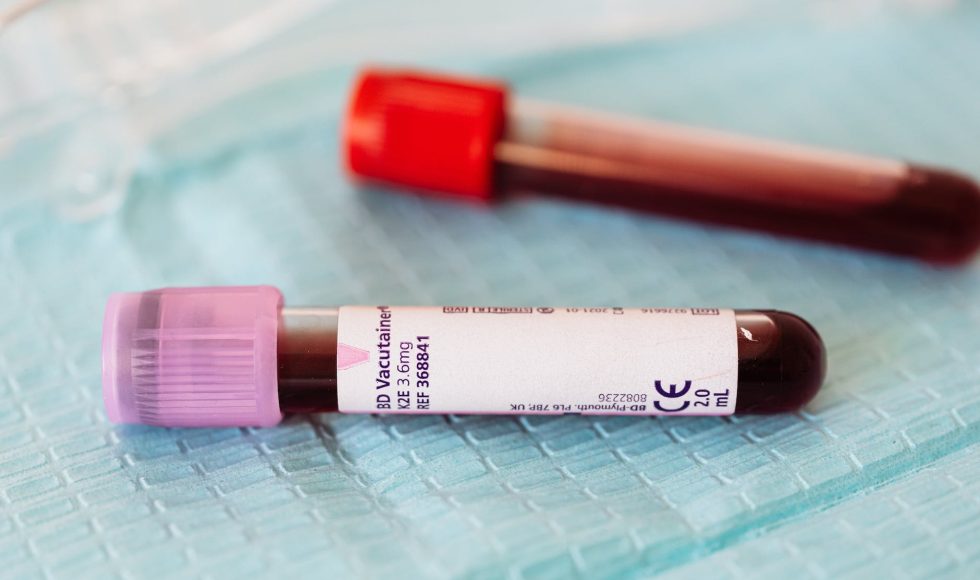Levin Joe Klages from CeBiTec in Bielefeld University, Germany presented at the Nanopore Community Meeting 2022 on “Analysis of clinical research samples by nanopore sequencing with Q20+ chemistry reveals inaccurate classifications within the genus Serratia.” We used Q20+ chemistry to sequence a “red” isolate which ended up being Serratia according to our classification. I was intrigued by this title. They analyzed thousands of sepsis cases. They used blood cultures, phenotypical identification, and then isolated DNA. Their bioinformatics identification could be done in hours! Also, the group wants to streamline the process by using direct blood cultures. Klages explained that the Genus Serratia corresponds to Gram-negative rod-shaped bacteria with Serratia marcescens as the most representative pathogen in hospital infections. The blood red color is characteristic and produced by prodigiosin. However, Klages explained that their samples were white! They compared two Nanopore chemistries. They assembled with flye, polished with medaka, and detected changes with pilon and Illumina reads. Their 16S comparisons were intriguing because their 16S sequences were similar to another group of organisms. The whole genome analysis revealed a possible new species. They named the new species: Serratia sarumanii after the white and evil wizard of The Lord of the rings. They analyzed the Serratia in the NCBI database. They found their species and a few possible new species. They concluded that Nanopore sequencing can help identify and characterize pathogens.



